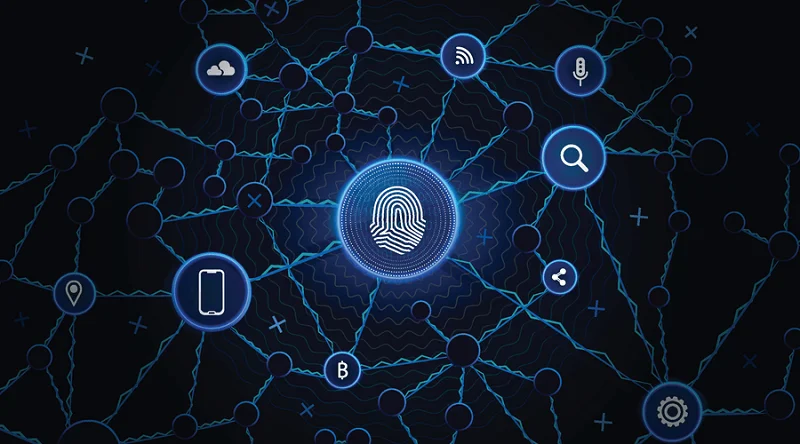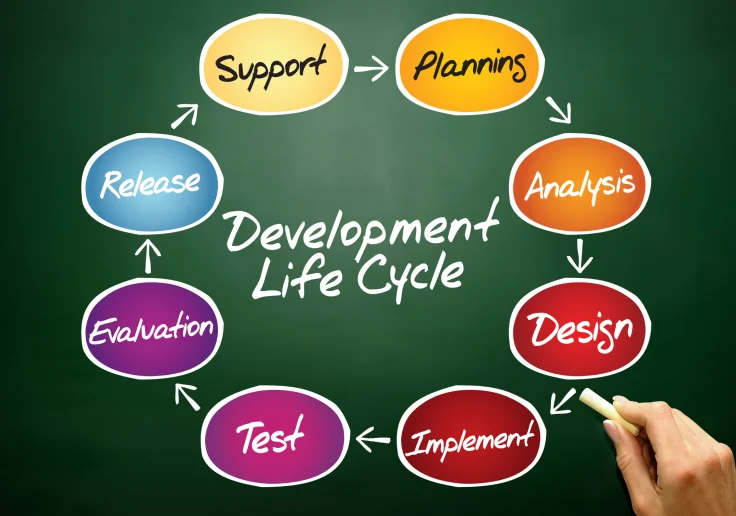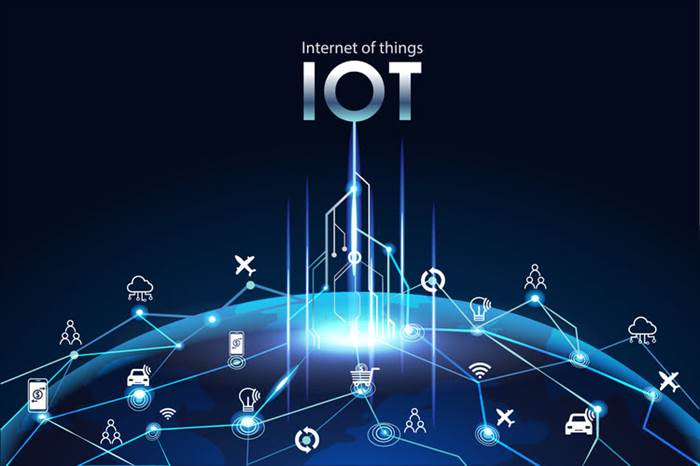Companies can create these controls through a spread of risk management methods and workouts. Once a risk is identified and analyzed, danger controls could be designed to reduce the potential consequences. Eliminating a risk—always the preferable solution—is one methodology of danger control.
Alternatively, a needs assessment may be done if administration isn’t aware of gaps or deficiencies. This evaluation lets the company know where they should spending more assets in. Almost all types of enormous companies require a minimal type of danger evaluation.

These standards cowl various features of espresso production, together with high quality, environmental sustainability, and social accountability. By working closely with its suppliers and conducting regular audits, Starbucks can guarantee compliance with these requirements, thereby minimizing the chance of reputational damage and potential provide chain disruptions. As part of Sumitomo Electric’s risk administration efforts, the corporate developed enterprise continuity plans (BCPs) in fiscal 2008 as a means of guaranteeing that core enterprise activities might continue in the event of a catastrophe. The BCPs played a job in responding to points attributable to the Great East Japan earthquake that occurred in March 2011. Because the quake triggered large harm on an unprecedented scale, far surpassing the injury assumed within the BCPs, some areas of the plans did not attain their goals.
In traditional risk management programs, for instance, threat has sometimes been the job of the enterprise leaders in control of the items the place the danger resides. For instance, the CIO or CTO is answerable for IT threat, the CFO is liable for financial threat, the COO for operational risk and so on. Traditional danger administration also https://www.globalcloudteam.com/ tends to be reactive somewhat than proactive. Risk analysis is the method of identifying and analyzing potential future events which will adversely influence a company. A firm performs danger analysis to raised understand what could occur, the monetary implications of that occasion occurring, and what steps it may possibly take to mitigate or get rid of that risk.
Extensive data collection may be costly and isn’t guaranteed to be dependable. Furthermore, using knowledge in decision-making processes can have poor outcomes if easy indicators are used to replicate complex threat conditions. In addition, making use of a decision supposed for one small side of a project to the entire project can result in inaccurate outcomes. Banks and insurance coverage corporations, for example, have lengthy had giant risk departments typically headed by a chief danger officer (CRO), a title still comparatively uncommon outdoors of the financial trade.
Example Of Danger Evaluation: Worth At Risk (var)
For instance, if the company above only yielded $40 million of sales every year, a single defect product that might damage model picture and buyer belief may put the corporate out of business. Even although this instance led to a risk worth of solely $1 million, the corporate may select to prioritize addressing this due to the greater stakes nature of the chance. For example, within the example above, the corporate could assess that there’s a 1% likelihood a product defection happens. In this instance, the risk value of the faulty product can be assigned $1 million. A company could have already addressed the most important dangers of the company via a SWOT analysis. Although a SWOT evaluation might show to be a launching level for additional dialogue, risk evaluation typically addresses a specific query while SWOT evaluation are often broader.
Robert Courtney Jr. (IBM, 1970) proposed a formulation for presenting dangers in monetary terms. The Courtney formula was accepted because the official danger evaluation method for the US governmental companies. The method proposes calculation of ALE (annualized loss expectancy) and compares the expected loss value to the security management implementation costs (cost–benefit analysis). In addition, Starbucks makes use of superior provide chain management software program to observe its international provide chain in real-time, enabling the corporate to identify potential risks early and take appropriate motion to mitigate them. This proactive strategy to threat control has helped Starbucks maintain its reputation for high-quality coffee and construct a resilient, sustainable supply chain that helps its continued progress.
Explore financial impacts and security measures that can assist your organization avoid a knowledge breach, or in the event of a breach, mitigate costs. Practice, experience, and actual loss outcomes will necessitate adjustments within the plan and contribute information to allow potential totally different selections to be made in coping with the dangers being confronted. Risk mitigation needs to be permitted by the suitable stage of management. For occasion, a threat regarding the picture of the organization should have high administration choice behind it whereas IT management would have the authority to determine on pc virus dangers. Risk discount or “optimization” involves lowering the severity of the loss or the probability of the loss from occurring. For instance, sprinklers are designed to place out a hearth to minimize back the danger of loss by fire.
Third, risk communication is the company-wide approach to acknowledging and addressing threat. These three main components work in tandem to determine, mitigate, and communicate danger. “Siloed” vs. holistic is probably certainly one of the big distinctions between the 2 approaches, according to Shinkman.
Qualitative Vs Quantitative Danger Analysis
Whether it’s proprietary information, physical items, or the well-being of workers, threat is current in all places. Companies have to be conscious of where it more than likely to occur as nicely as where it’s most likely to have strong, adverse implications. The financial disaster of 2008, for example, uncovered these issues as comparatively benign VaR calculations that greatly understated the potential occurrence of threat occasions posed by portfolios of subprime mortgages. Under quantitative danger evaluation, a threat mannequin is built utilizing simulation or deterministic statistics to assign numerical values to threat. Inputs which may be largely assumptions and random variables are fed right into a danger mannequin.
- Examples are knowledge reconciliations, smoke detectors, exception stories, and so on.
- A profitable risk assessment program should meet authorized, contractual, inner, social and ethical objectives, as well as monitor new technology-related rules.
- But in conditions of menace, generally solely a sturdy risk-management plan can shield an organization from interruptions to critical business processes.
- One essential thing to bear in mind is that VaR does not present analysts with absolute certainty.
- Each firm could have different inside control parts, which leads to different outcomes.
And lastly, cybercrime was assessed as one of many prime risks by most executives, each now and in the future. Finally, while it’s powerful to make predictions — especially about the future, because the adage goes — instruments for measuring and mitigating dangers are getting higher. Internal and exterior sensing tools that detect trending and emerging risks. Cybersecurity threats are becoming more advanced and extra persistent, and demanding more effort by safety analysts to sift through countless alerts and incidents. IBM Security QRadar SIEM helps you remediate threats quicker whereas sustaining your bottom line.
Real-world examples, such as British Petroleum’s post-Deepwater Horizon safety measures and Starbucks’ supply chain administration methods, reveal the significance and effectiveness of robust threat management measures. As the enterprise surroundings continues to evolve, companies should stay vigilant and adaptive of their danger management efforts to make sure long-term success and sustainability. The company has additionally adopted a scientific method to threat evaluation and management, which entails identifying, evaluating, and prioritizing dangers and developing tailor-made threat management strategies to mitigate potential impacts. While threat management is the overarching means of figuring out, assessing, and prioritizing risks to a company, risk management focuses particularly on implementing methods to mitigate or remove the recognized dangers. Risk management usually entails the development of an total risk administration plan, whereas risk management addresses the techniques and tactics employed to minimize potential losses and defend the group. Risk controls are measures taken to identify, manage, and remove threats.
What Is A Risk-based Cybersecurity Approach?
Also any amounts of potential loss (risk) over the amount insured is retained danger. This may be acceptable if the prospect of a very giant loss is small or if the fee to insure for higher protection quantities is so great that it would hinder the objectives of the organization an excessive quantity of. After establishing the context, the subsequent step within the process of managing risk is to establish potential dangers. Hence, risk identification can start with the source of problems and those of opponents (benefit), or with the problem’s consequences. Moreover, BP has elevated its efforts to advertise transparency and stakeholder engagement.

This use of the ACAT acronym is paying homage to one other ACAT (for Acquisition Category) utilized in US Defense trade procurements, in which Risk Management figures prominently in choice making and planning. The outcomes can be summarized on a distribution graph displaying some measures of central tendency such because the mean and median, and assessing the variability of the info through standard deviation and variance. The outcomes may also risk control definition be assessed utilizing risk administration tools similar to state of affairs evaluation and sensitivity tables. A state of affairs analysis reveals the best, middle, and worst consequence of any occasion. Separating the completely different outcomes from best to worst offers a reasonable spread of insight for a danger manager.
In this weblog, I turn to controls, which are sometimes as equally poorly defined and understood. No one threat control approach might be a golden bullet to maintain a company free from potential hurt. In practice, these techniques are used in tandem with others to various degrees and will change as the corporation grows, as the economic system adjustments, and as a result of the aggressive landscape shifts. Risk analysis can be important because it could assist safeguard company property.
Additionally, efficient threat management may help defend a company’s status and maintain public trust, that are crucial aspects of CSR. In short, threat management is an integral part of a comprehensive CSR technique, as it helps corporations meet their social, environmental, and moral obligations while ensuring long-term success and sustainability. Traditional threat management typically will get a bad rap nowadays in comparability with enterprise risk administration. Both buy insurance to guard towards a range of risks — from losses because of fireplace and theft to cyber liability. But traditional risk management, consultants argue, lacks the mindset and mechanisms required to know danger as an integral a part of enterprise strategy and efficiency. Once risks have been recognized, they must then be assessed as to their potential severity of impact (generally a unfavorable influence, such as harm or loss) and to the chance of occurrence.
These are thought-about the necessary thing characteristics of a risk that a control might modify. A management will, subsequently, modify the chance and/or impact of a danger. We’ve beforehand mentioned the essential but often confused issue, of describing operational dangers in a logical and comprehensible way.
Using A Risk And Control Matrix (racm) For Efficient Risk Administration
These risks immediately cut back the productivity of data workers, decrease cost-effectiveness, profitability, service, quality, popularity, brand value, and earnings quality. Intangible danger management allows danger management to create immediate value from the identification and discount of risks that reduce productiveness. In perfect danger management, a prioritization course of is followed whereby the risks with the best loss (or impact) and the greatest chance of occurring are dealt with first. Risks with decrease chance of incidence and decrease loss are handled in descending order.





